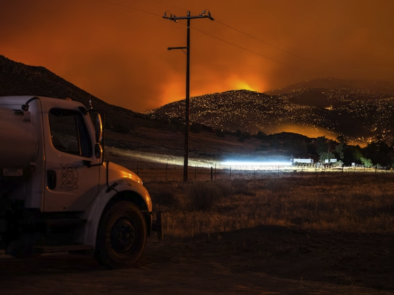Observed increases in extreme fire weather driven by atmospheric humidity and temperature
Study significance & key findings
- The world's eight most extreme wildfire weather years have occurred in the last decade.
- The team examined extreme fire weather trends from 1979 to 2020 using common fire weather indexes that provide estimates for fire intensity and rate of fire spread, as well as changes in vapor pressure, or humidity.
- Decreasing relative humidity was a driver of more than three-quarters of significant increases in intensity and fire spread, and increasing temperature was a driver for 40 percent of significant trends.
Author quotes
"Extreme conditions drive the world's fire activity. For example, in Canada, just three percent of fires are responsible for 97 percent of the area burned."
"It's not a big surprise, but with climate change, we expect warmer conditions to continue and this trend to continue, expand and get worse."
Michael Flannigan, study co-author
Abstract
Recent increases in regional wildfire activity have been linked to climate change. Here, we analyse trends in observed global extreme fire weather and their meteorological drivers from 1979 to 2020 using the ERA5 reanalysis. Trends in annual extreme (95th percentile) values of the fire weather index (FWI95), initial spread index (ISI95) and vapour pressure deficit (VPD95) varied regionally, with global increases in mean values of 14, 12 and 12%, respectively. Significant increases occurred over a quarter to almost half of the global burnable land mass. Decreasing relative humidity was a driver of over three-quarters of significant increases in FWI95 and ISI95, while increasing temperature was a driver for 40% of significant trends. Trends in VPD95 were predominantly associated with increasing temperature. These trends are likely to continue, as climate change projections suggest global decreases in relative humidity and increases in temperature that may increase future fire risk where fuels remain abundant.
Related Content






